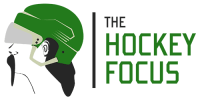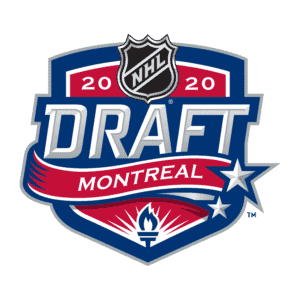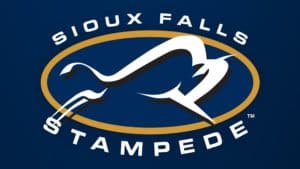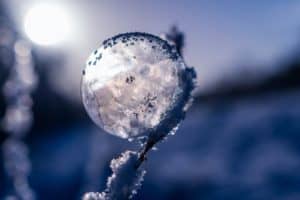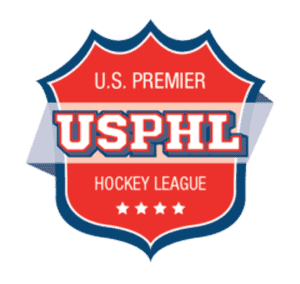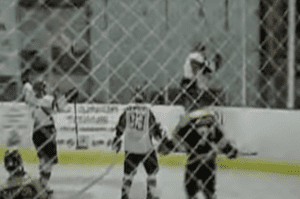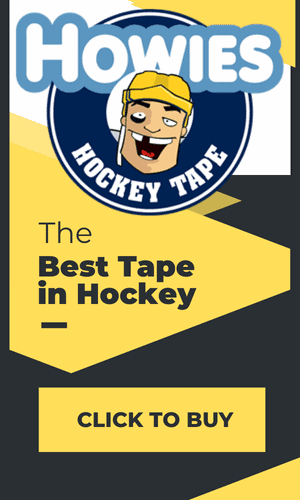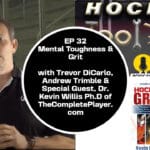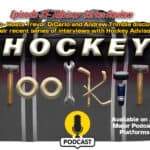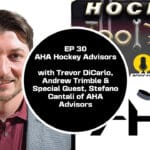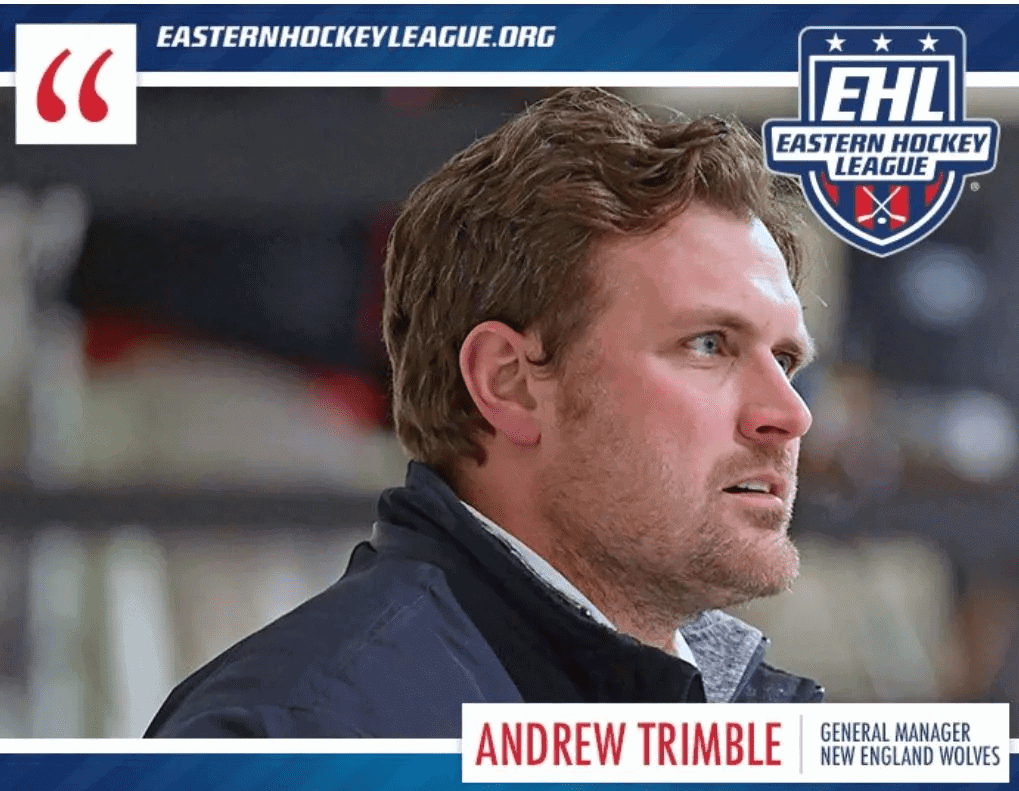
5 Myths of Hockey Off Seasons
By Andrew Trimble
We are currently nearing or at the end of the season. Players and parents have endured a lot this year with changes of schedules, plans, long practices, injuries, cold and difficult weather and much more. Many players are coping with this in different ways. Time off? Sad to see it end? Frustrated? Certainly, we’ve all experienced the full gamut of emotions this season.
With this article I’ll debunk some of the common myths I’ve seen and experienced with hockey off- seasons. I hope it comes at a time when players need it, and can apply it so that when there is a return to hockey for next season they will be ready, engaged and motivated to have their best season yet. I hope it informs you and gives you that little extra level of motivation.
MYTH #1- Tryouts
Born on April 5, 1989 in Middletown, NJ, JVR started his hockey career in the Kelly green uniform of the Brick Hockey Club, playing out of the Ocean Ice Palace in Brick, NJ. Proudly displayed on the wall was a banner paying homage to Jim Dowd, the only New Jersey grad playing in the NHL at that time. It was immediately evident that this young forward was also special. In 2004-2005 he split his season between the Brick organization and his high school team, the Christian Brothers Academy. Big, fast, smart and with magic in his hands, he captained the Brick Midget AA team to the Atlantic District Championship. In November of that year, he moved on to play for CBA where he scored 60 points (33-27) in just 30 games. He was named First-Team All-State Forward. The following year he joined the National Team Development Program where, in his second season, he earned his upper-level draft rating scoring 63 (33-30) points in 42 games and leading the NTDP in goals, points, PPG (11) and GWG (6). At the 2007 Entry Draft, van Riemsdyk was chosen second overall by the Flyers, immediately after Chicago picked Patrick Kane. James van Riemsdyk: The 2010 Mini-Bio (thehockeywriters.com)
A common mistake I hear made by parents each season is, “My kid wants to play at the next level.” Rarely do I hear, “My kid wants to play at the right level.”
I think it’s incredibly important for players and parents to evaluate programs based upon a different set of criteria. This criteria does not include oftentimes arbitrary labels, jersey color schemes, and leagues they play in. Instead (certainly at the younger levels) it should be focused on a carefully analyzed road map:
- Can my son/daughter improve their individual skills in this program?
- Does this program have a positive culture?
- Will my son/daughter be surrounded by good coaches who will stress their long-term improvement?
- What is the management of the organization like? Is it made up of Hockey People or Parents?
As you read in the above paragraph, James Van Reimsdyk played his entire youth hockey career in New Jersey for his local youth hockey team. He only played at the AA level, never playing at the AAA level. Why? He didn’t need to. He was getting all the skill and on ice training that he needed right where he was. He dominated the level where he was at, and then left when he had outgrown that stage and was ready for a bigger stage.
There certainly is nothing wrong with trying out for a team or program to gauge yourself against competition and challenge yourself. Or maybe the program you are in does not provide the above criteria, and you are looking for a place that does. Yet, far too often parents and players chase labels rather than embracing the strength of a program and taking a healthy step back to see which program is the ideal fit for their son or daughter. They “Tryout” more than they “Train”. Once you dominate the level you are at… you wont need to go to 4 or 5 tryouts to make a team, so embrace the best fit and have fun.
MYTH #2 – No time for other sports
A young Oates actually preferred box lacrosse to hockey. In five seasons with the Ontario Lacrosse Association’s Etobicoke Eclipse, Oates was crowned the league’s highest scorer and once set single-game records of 19 assists and 29 points. He eventually left Canada’s actual official sport in 1984 to focus on a more lucrative stick game. HHOF: 12 interesting facts about Oates – Sportsnet.ca
Hockey is the greatest game in the world. It combines speed, skill, strength, quick decision making, team play, and much more. Certainly, your kid may want to play hockey every day, all day, year round, yet, there are tremendous benefits to putting the skates away for a few months and trying other sports. Adam Oates is one of the NHL’s 100 greatest players according to their 2017-18 ranking. Oates and his Lacrosse career certainly speak for the benefits of playing a spring sport, but there are many others who utilized the skills in Lacrosse and implemented those skills into their hockey careers.
“You take a little more of a beating that way, so just spinning off hits, moving through traffic, and whatnot,” says Islanders captain John Tavares, who played in Ontario until age 15. “I think that really helped me in hockey, the same type of plays out of the corner and in front of the net.” https://www.si.com/nhl/2016/12/28/nhl-hockey-lacrosse
Tampa Bay’s Stanley Cup winning Coach Jon Cooper agrees…
“In both sports, when you cut down to its basic math, they’re both games of give-and-go,” says Lightning coach Jon Cooper, who graduated from Hofstra University as a four-year letterman with 74 goals in field lacrosse. “You give it up to get it back. It’s all intertwined.” https://www.si.com/nhl/2016/12/28/nhl-hockey-lacrosse
Lacrosse possesses easily transferable hockey skills. Hand- Eye coordination, speed and conditioning, playing with your head up in a read/react game play setting, and of course physicality. Lacrosse may be the most obvious, but almost every other sport can be used as a tool to develop your hockey player into a more complete, well-rounded athlete.
So put the skates down for a little after the season and enjoy a new game for a little. You may be dying for it, but hockey will be there waiting for you when you return to it.
MYTH #3 – You only get better by playing the game
Developing a multi-dimensional athletic brain is critical to advancing within the sport of ice hockey. These skills and traits can be developed either on the ice or off the ice. Any sports psychologist will tell you the benefits of overcoming obstacles, goal setting, visualization, and mental toughness. These traits can be harnessed and developed off the ice, and will be absolutely critical for your son or daughter to advance in the sport of ice hockey. The sport of life too.
Recently though, and equally as important in hockey is vision training. Many local optometrists offer these services in their local practices, and they help athletes train such skills as:
- Eye Tracking
- Peripheral Awareness
- Focusing
- Hand Eye Coordination
- Reaction Time
- Balance
Goaltenders are the most obvious position players who could benefit from vision training, but certainly every position on the ice would see a dramatic improvement in their game with vision training. Whether it’s injury prevention because of increased on- ice awareness, better depth perception to avoid collisions, or improved hand-eye coordination… athletes see remarkable results with vision training.
Moreover, the US National Development Team Program has used Hockey IntelliGym to combine some of these visual and cognitive skill training with their athletes, and seen substantial results.
Anticipation, situational awareness, divided attention, working memory, and other core cognitive skills can be trained using the Hockey IntelliGym sports intelligence training program. And today, we’re going to tell you about how USA Hockey helped develop the program, along with the incredible results that the training has brought to the US National Team Development Program (NTDP) since integrating the training with their U17 and U18 teams in 2009. How Hockey Sense Training Changed the Game for USA Hockey – The Hockey IntelliGym® (usahockeyintelligym.com)
So remember… your son or daughter may benefit more on the ice from a weekly trip to the eye doctor, then another summer tournament. Not all development and improvement will come from playing more hockey. Try other approaches that support the long-term athletic development of your child. Give it a try.
MYTH #4 – There’s no ice, so you can’t work on your skating
“The Legs Feed the Wolf”- Herb Brooks
The premise behind Coach Brooks’ quote stems from the nature of how wolves hunt. Wolves need to have the strength to be able to stalk and chase their prey if they want to eat and survive. The stronger your legs are – the stronger and better conditioned your entire body will be.
Coach Brooks knew his team wouldn’t be the most talented team at the Olympics, but he promised they’d be the best conditioned team. He knew that his team would have to work harder than they had ever worked in their entire lives if they wanted to have a chance against the Soviet Union.
For Team USA, this meant lots and lots of conditioning drills that would push them past the point of exhaustion. They were getting their legs, and bodies, ready to do the work.
In my opinion, the most common mistake young players make in their hockey off-seasons is not dedicating themselves to a rigorous strength program. The off-season is the ideal time to build up your body, increase strength, increase power, and condition your body for the rigors of a hockey season.
Off-season strength and conditioning should also be different from what you are doing in season. The vast majority of in-season strength training should be tailored to maintain the gains you have accumulated over the course of the off season, while also preventing injuries, and healthily prepping your body for game action. During the season, you are breaking down your bodies so readily during practices and games. The opposite should take effect in the off season, as you have limited or less competitive games. In effect, you should be making your off-season workouts the place where you get your most vigorous training and break down, to build up, your body.
Periodization is a term used by fitness professionals, strength coaches and even athletes to describe a certain structure to a training program. Essentially, rather than just heading to the gym and exercising, a periodized training program follows a predetermined progression of exercises, sets, reps and intensity ranges.
Basically, this method of building a training program allows you to set “periods” of time when you’ll focus on a certain set of exercises, but also do so with a specific focus in mind. This program then progresses over time as you move into the next “period of your training program.”Periodization 101: How To Build An Effective Training Program – RM Members (rudymawer.com)
Using a periodized strength training program, players can phase out their strength goals over the course of the 3-5 month off-season, setting goals and benchmarks to achieve the desired results. Additionally, it creates a roadmap for the athlete to follow.
A wise man once said failure to plan is planning to fail. Using a dedicated, phased out, off-season strength and conditioning program will create a strict course for your athlete to follow and help them prepare for their in-season in the right way. They’ll be stronger, confident and more prepared than ever before. Stronger players make faster, better skaters.
MYTH #5 – There is No Off Season
Whether you like to believe it or not everyone and everything needs a break. A vacation. A time off to rest and relax. To clear the mind and recover.
Vacation Is as Important as Sleep
It’s a little like sleep deprivation, according to physicians and psychotherapists. Just as lack of sleep impedes your ability to think clearly and act decisively, lack of playtime keeps you from taking in information effectively and seeing the totality of a situation. Lack of sleep and play both have a negative impact on your reflex time, general resilience and ability to ward off infection. Recreation deprivation also makes you cranky, and often more than a little critical of the people in your organization who do have the good sense to take care of themselves. The Importance of Vacation | Monster.com
Why do some parents think this doesn’t apply to a sport like hockey? During a Hockey Game:
- Physical Exertion
- Mental Exertion
- Travel to and From the Rink
- Players deal with critical peers
- Players deal with Coaches
This sounds like a job, just as much as a game to me. At your job you have to deal with the exact same obstacles and barriers to overcome and work through. The struggles of a hockey season are very real mentally and physically, and although your young player may have a true passion and love for the game it is important for them to take a step away from the competitive aspects of it to appreciate that true passion. Let them discover going into the driveway and shooting pucks on goal. Let them take a week off and then want to pick up their stick and stickhandle in the kitchen. Let them invite friends over and play knee or street hockey.
By taking time away and allowing kids the freedom to find their way back to hockey or to miss hockey, you’ll help them find their true love for the sport. It won’t be a grind.
Your work is going to fill a large part of your life, and the only way to be truly satisfied is to do what you believe is great work. And the only way to do great work is to love what you do. If you haven’t found it yet, keep looking. Don’t settle. As with all matters of the heart, you’ll know when you find it. – Steve Jobs
Andrew Trimble is the General Manager and Co- Owner of the New England Wolves Hockey Club. He is also the Owner of Scoring Concepts LLC, a New Hampshire based hockey training company that offers camps, clinics, private lessons and teams. He has coached at all levels from Learn to Skate to College Hockey. For more info on his teams and programs check out- www.scoringconcepts.com or www.ne-wolveshockey.com
